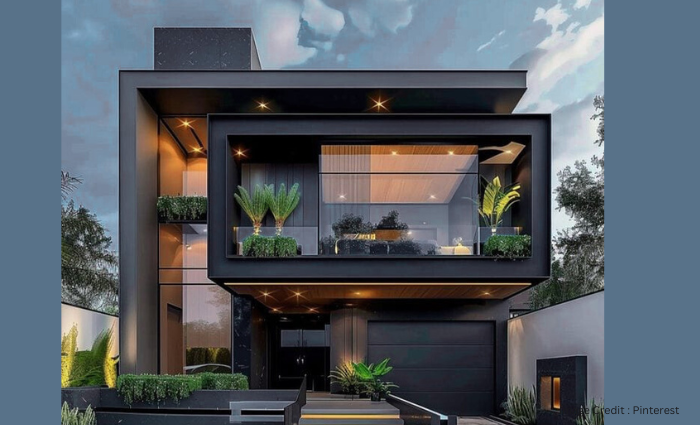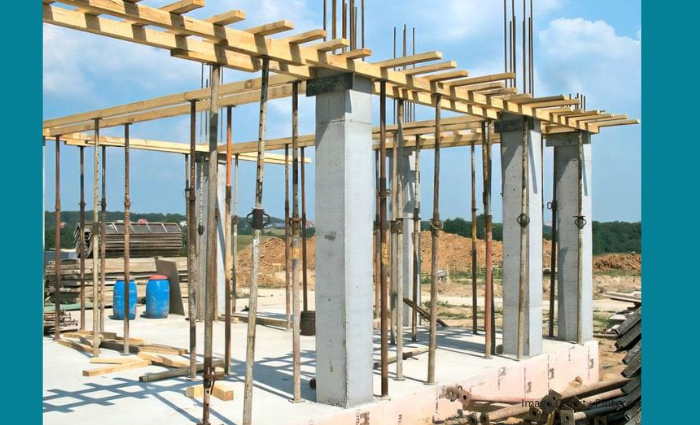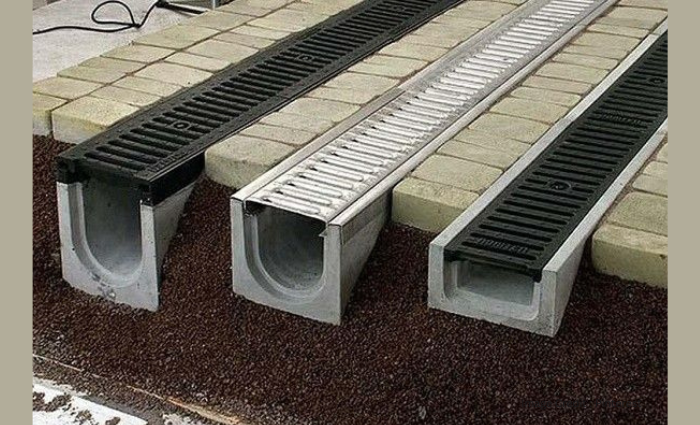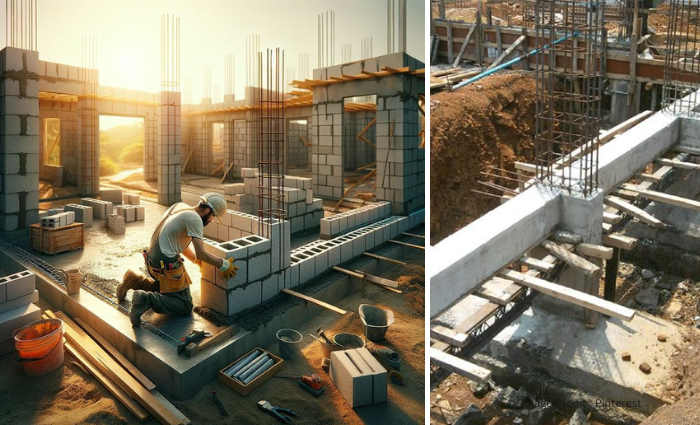With climate change and urbanization, flooding is becoming more common, even in cities that never faced such issues before. If you’re building or renovating your house, now is the perfect time to think about flood proof home design — a smart approach that ensures your home is not just safe from water damage but also stylish and comfortable.
In this blog post, we’ll guide you through practical and beautiful ways to design a flood-resistant home without compromising on aesthetics.

1. Understand Your Flood Risk First
Before making design decisions, assess how likely your home is to experience flooding:
- Check local municipal flood zone maps
- Consult local builders or engineers
- Observe your neighborhood’s water drainage patterns during heavy rain
This step helps you decide the right height, materials, and layout required for a flood proof home design.
2. Elevate Where It Matters
The golden rule in flood-resistance is elevation. By lifting the living space above potential flood levels, you protect interiors and appliances.
✔️ Foundation:
- Build your home on a raised plinth or pile foundation that stands at least 1–2 feet above the highest recorded flood level to ensure better protection.
- In flood-prone zones, consider stilt construction
✔️ Interiors:
- Consider designing elevated flooring in areas like entryways and living rooms to minimize flood impact.
- Use wall-hung furniture like vanities, cabinets, and even beds
✨ Tip: Elevated interiors not only resist flood damage but also give a clean, modern floating look.

3. Waterproofing Is Non-Negotiable
No flood proof home design is complete without proper waterproofing. Apply moisture barriers at multiple points:
• Walls and Floors:
- Use waterproof cement plaster, bituminous coatings, or crystalline sealants
- Apply moisture-resistant tile adhesives and grouts
• Roof and Terrace:
- Use high-quality terrace waterproofing membranes
- Ensure proper slope for rainwater drainage
• Basement:
- Install a waterproof sump pit with an automatic pump

4. Use Flood-Resistant Yet Beautiful Materials
Choosing the right materials ensures that your home can withstand floods while still looking elegant.
Flooring:
- Vitrified tiles, natural stone (like granite or kota), or epoxy flooring
- Avoid wooden flooring in ground-floor areas
Walls:
- Stone cladding, high-gloss waterproof paints, or anti-microbial laminates
Furniture:
- Choose metal frames, treated wood, or synthetic rattan
- Modular furniture is easier to move during emergencies
🖼️ Design Tip: Glossy finishes and light-toned materials reflect more light, making your space feel bright and open even during gloomy monsoons.
5. Smart Drainage = Dry Interiors
Effective drainage systems, both inside and outside the home, are essential components of any successful flood proof home design:
- Ensure the ground around your home slopes away from the building
- Install French drains, channel drains, or sump pumps
- Use anti-backflow valves in bathrooms and kitchens to prevent sewage backflow

6. Stylish and Safe Interior Design Tips
Who says flood safety has to be boring? Try these:
• Floating Shelves & Wall Units:
Modern floating TV units, kitchen shelves, and wardrobes reduce the risk of water damage and look sleek.
• Indoor Plants:
Moisture-absorbing plants like peace lilies, ferns, and areca palms improve air quality during damp weather.
• Rugs & Soft Furnishings:
Choose washable, quick-dry rugs instead of wool or cotton. Waterproof fabric curtains or roller blinds work better in monsoon zones.
7. Electrical Safety with a Design Twist
Floods can cause serious electrical hazards. Upgrade your home’s system safely and stylishly:
- Elevate all plug points at least 2 feet above the floor
- Use concealed wiring within waterproof conduits
- Choose designer switches with waterproof features
💡 Bonus Idea: Go for sleek smart switches with mobile control to avoid physical contact during wet conditions.

8. Budget-Friendly Flood-Proofing Tips
You don’t need to break the bank for flood safety:
- Apply exterior waterproof coating once every 2–3 years (₹15–₹30 per sq ft)
- Use plastic or metal storage boxes for under-bed areas
- Opt for high plinth height during foundation stage (adds ₹25–₹50/sq ft but saves future costs)
🎯 Pro Tip: Prioritize flood proofing in high-risk areas like the main door, kitchen, bathroom, and utility zone.
9. Monsoon-Ready Décor Ideas
Add small seasonal touches to stay stylish and prepared:
- Install a coat rack or shoe stand near the entrance
- Keep a dehumidifier with a modern finish in the living room
- Use essential oils or potpourri to avoid damp smells
Final Thoughts
Creating a flood proof home design is no longer just an option—it’s a necessity. With the right combination of smart layout, sturdy materials, waterproofing, and tasteful design elements, your home can stay both safe and beautiful even during the harshest monsoons.
💬 Need help planning or upgrading your home to make it flood-resistant? Contact our expert interior consultants today.

Frequently Asked Questions (FAQs)
Q1. What is flood proof home design?
A flood proof home design refers to planning and building a house in a way that minimizes flood damage through elevation, drainage, waterproof materials, and structural safety.
Q2. Can I convert my existing home into a flood-resistant one?
Yes. You can retrofit waterproofing, raise electrical points, improve drainage, and use flood-resistant flooring without major structural changes.
Q3. What type of flooring is best for flood-prone areas?
Vitrified tiles, stone, and epoxy floors are ideal as they don’t absorb water and are easy to clean.
Q4. Is waterproof paint effective for flood protection?
Yes, high-quality waterproof paints help prevent dampness and mold during heavy rains.
Q5. How much does basic flood proofing cost?
For an average 2BHK home, waterproofing and basic design adjustments may start from ₹30,000 to ₹1,00,000 depending on the extent.
